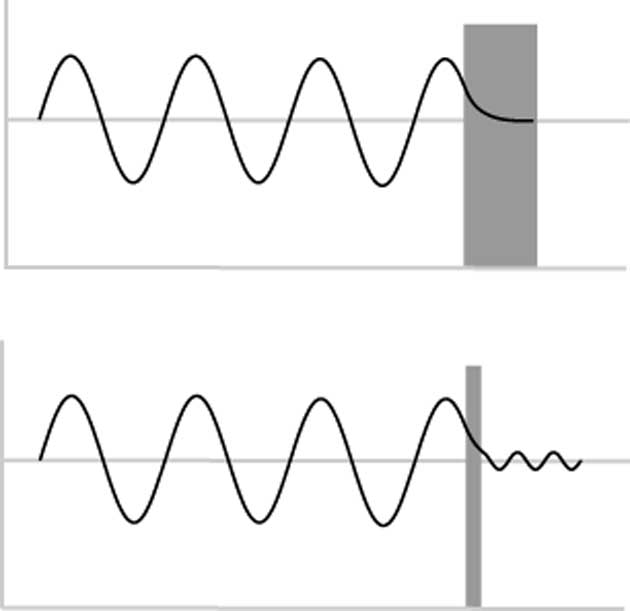Quantum physics analyzes a quantum system (QS) that has the ability to exist in a superposition of different states, simultaneously. Lately, scientists have developed computers, which are based on quantum mechanical principles, instead of classical physics.
Researchers and physicists from the Max Planck Institute generated a photon pair from the energy of an electron through a light source. The first photon will be used for quantum information transmission, while the other will be observed, as it displays the specific state of its twin, at any time. This is what we call entanglement.
Quantum Communication at a Higher Level
Entanglement is one of the most important phenomena of quantum mechanics. Imagine that two particles exist and put into a state where there is a strong correlation (i.e., entanglement).
Measuring one particle affects the state of the other. This correlation exists, even if there is a great distance between them. Now, the most important part is the ability for scientists to learn information about the state of one by measuring the state of the second. When another particle comes into play, interacting with the second of the entangled two, the change is reflected on the former as well. This creates a mirror-effect of the twin, essentially causing teleportation.
Quantum particles change their states the moment they are measured. So, it is very difficult to have a clear view of the information that is transmitted by a photon. The solution is the pair of photons which gives us the ability to use the first photon as a messenger of its twin.
Information Inside the Quantum World
In the near future, scientists expect that quantum computers will be the key to secure information technology. One example that shows evidence of the significance of quantum security is when a quantum form of cryptography was examined, and the results indicated that it is unbreakable, even for quantum systems.
The discovery, by the scientists at the Max Planck Institute for Solid State Research, was a unique source that created the pairs of photons. This source, with the path, is known as a scanning tunneling microscope (STM).
Previous research has used this microscope to study the surfaces of conducting or semiconducting materials. The device is based on an effect known as quantum tunneling. Concepts in quantum mechanics state that electrons have both wave and particle-like properties. Tunneling is an effect of this wavelike nature, a quantum mechanical effect.
A tunneling current occurs when electrons move through a barrier (which is called tunneling). Under the rules of classical physics, the electrons should not be able to move through.

The image shows us that when an electron (the wave) hits a barrier, the wave doesn’t abruptly end, but tapers off very quickly – exponentially. This is a quantum mechanical effect that occurs when electrons move through a barrier due to their wave-like properties. Tunneling depends on the thickness of the barrier; the wave does not get past a thick barrier. (Source: Public Domain)
The microscope has the ability to apply voltage to a metallic tip causing electrons to tunnel, over a short distance, to a sample. If an electron loses energy during this procedure, then light is produced. Photon pairs are also formed at a rate 10, 000 times higher than theories predict.
“According to theory, the probability of a photon pair forming is so low that we should never see it. But our experiments show that photon pairs are being generated at a much higher rate. That was a huge surprise for us”, underlines researcher Christopher Leon.
Pair of Photons -- Fast and Lossless Data Transmission
Physicists use detectors in order to measure the time intervals between the arriving photons. Until now, the researchers have not been sure if the photons are produced simultaneously, or in rapid succession, because of the lack of resolution of the detectors. Now it has been estimated that the photons are 50 trillionths of a second apart (in a tunneling junction).
This discovery opens up innovative developments, in photonic and quantum communication, for tunneling junctions. The main difference between previous methods and the tunneling junction is that while the other techniques employed intense laser light, the latter is electronic on an atomic scale.
Many scientists agree that in the next generation of computer chips, electronic components will be replaced by optical components with the use of a light source.
“The fact that photon pairs are generated, indicated that a complicated process must be taking place. This process is thrilling because it opens up a new perspective on how light is produced,” explains theoretic scientist Olle Gunnarsson.
Presently, a quantum computer has 2,000 qubits and is estimated to have the capability of solving calculations up to 10,000 times faster than a standard computer. Every innovative theorem or discovery on quantum computing is definitely a big step for science evolution, as this era of computing is hailed as the new wave in the use and processing of big data, which will bring great technological, social and scientific changes.
“We must be clear that when it comes to atoms, language can be used only as in poetry.” - Niels Bohr
Top Image: Quantum particles behave both as particles and waves. (Source: Pixabay)
References
1. Scanning Tunneling Microscopy, 2018. [Online] Available at: https://www.nanoscience.com/techniques/scanning-tunneling-microscopy/
2. Max Planck Society, 2019: Quantum communication: making two from one. [Online] Available at: https://phys.org/news/2019-05-quantum.html
3. Calvin F. Quate, 2019. Scanning tunneling microscope. [Online] Available at: https://www.britannica.com/technology/scanning-tunneling-microscope
4. Chad Orzel, 2018. How Do You Create Quantum Entanglement? [Online] Available at: https://www.forbes.com/sites/chadorzel/2017/02/28/how-do-you-create-quantum-entanglement/#10b0bd861732







No comment